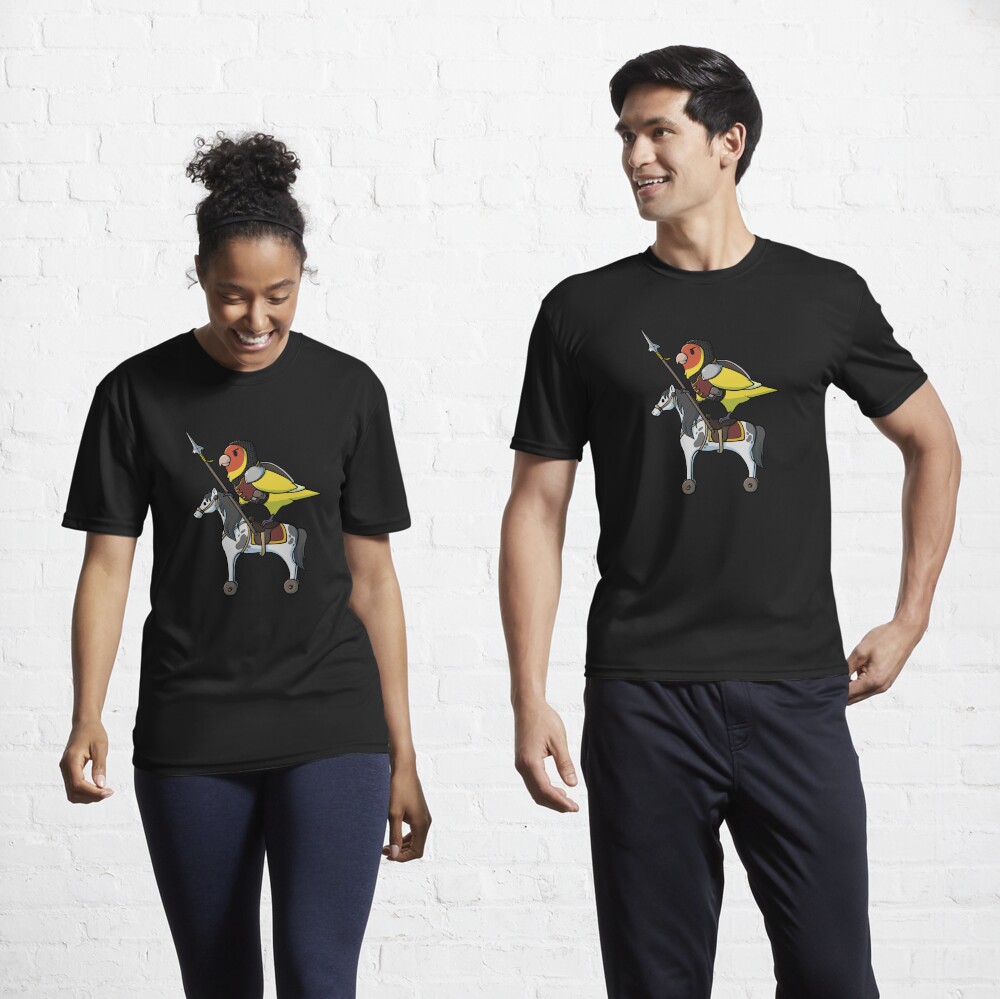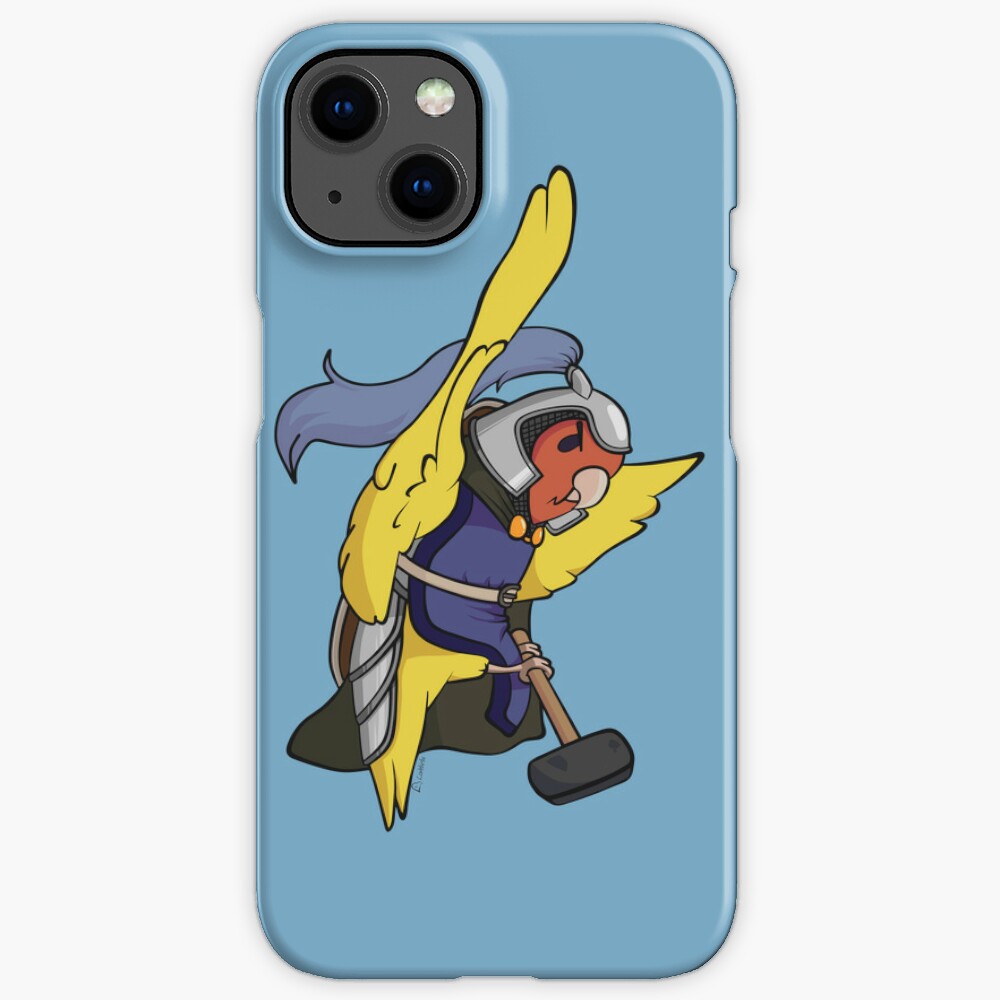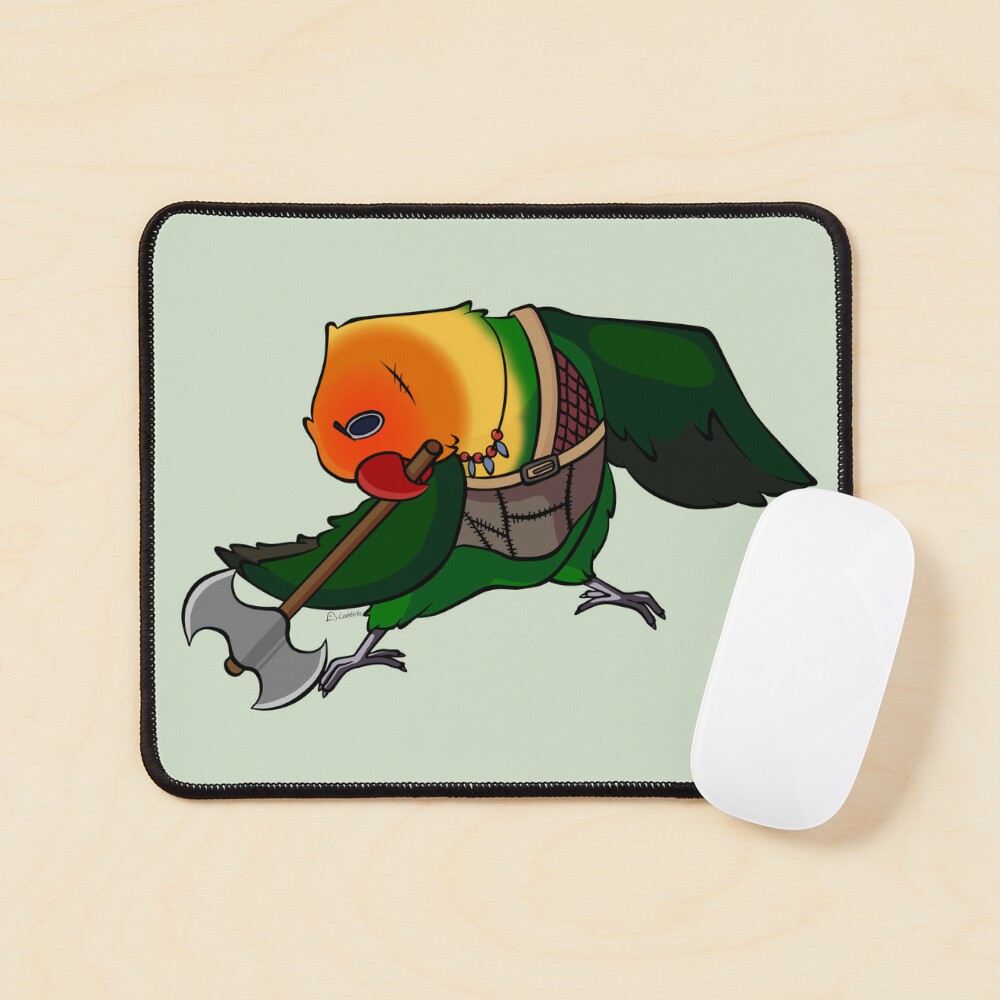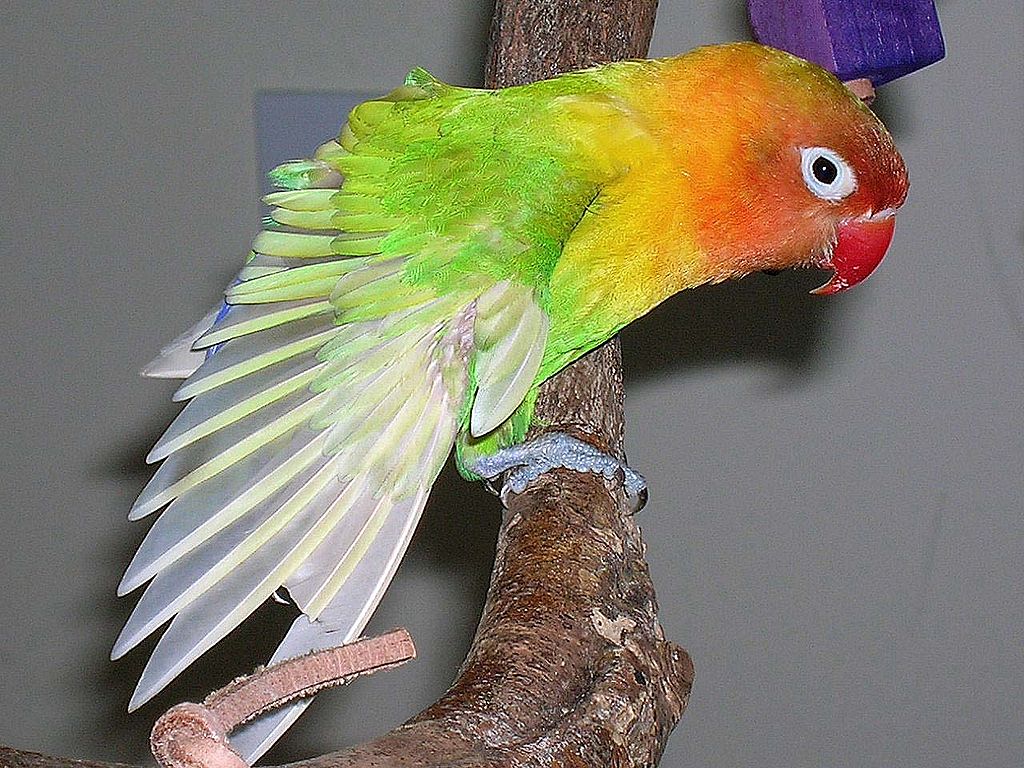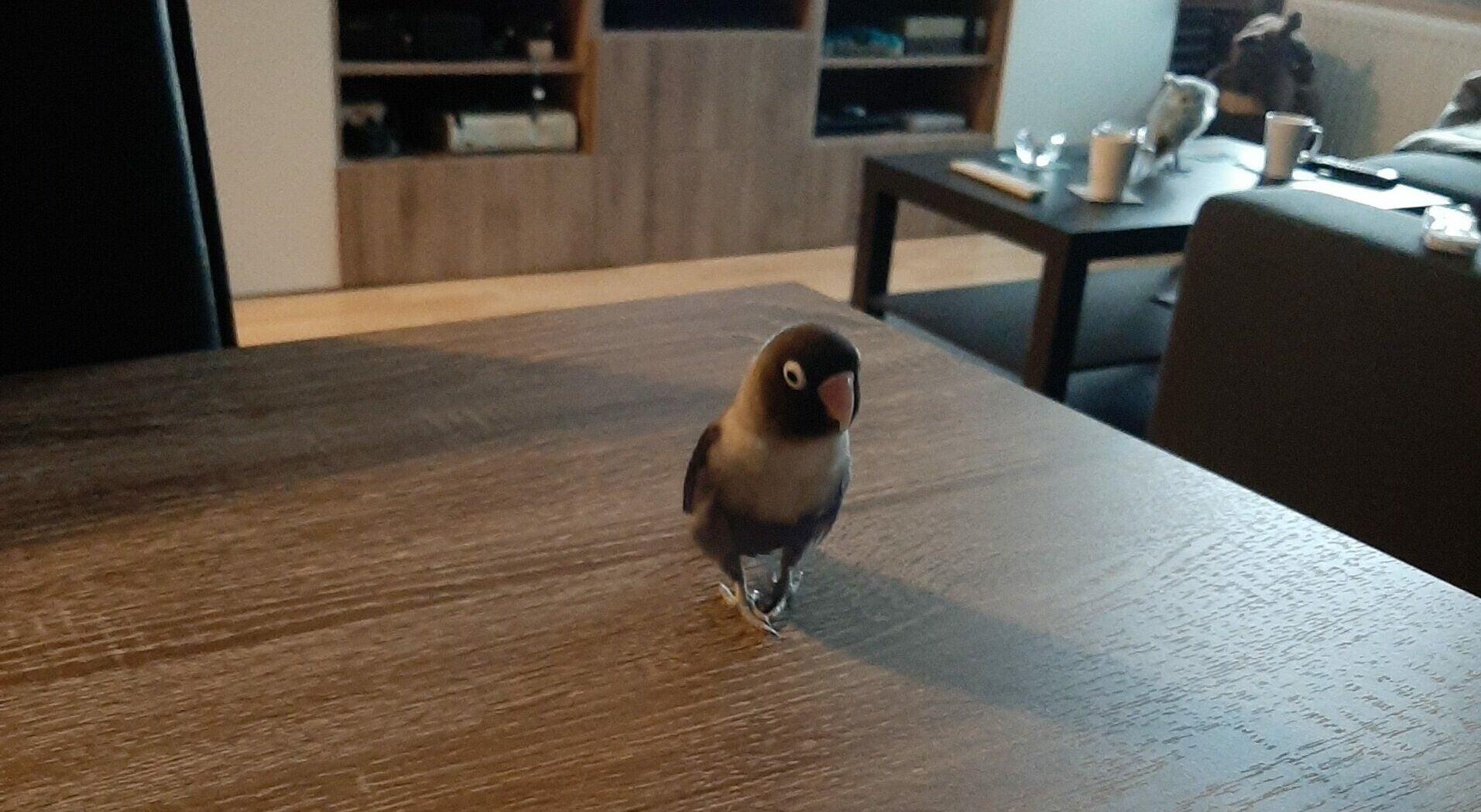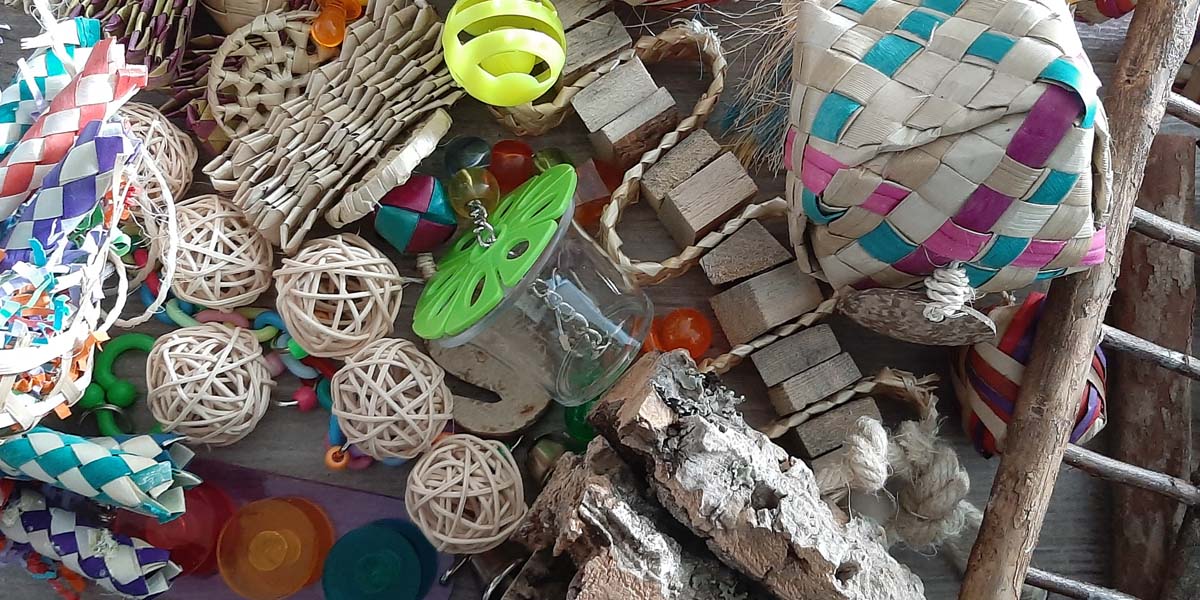Overgrown beak in lovebirds
Just like with nails, the beak of a lovebird never stops growing. So your bird needs to be given the tools to control this growth. This is your responsibility. When not provided with material that wears the beak down, your lovebird might get an overgrown beak.
What is an overgrown beak?
When a lovebird has an overgrown beak, the beak is longer than it is supposed to be and cannot properly function. In most cases this occurs in the upper beak, but can also occur in the lower beak.
What are the causes?
An overgrown beak can be caused by a few things.
- Improper diet
- It is the result of an infection or injury
- It can be caused by liver disease
- Your lovebird is under using its beak
The consequences
An overgrown beak is not just a cosmetic thing. If nothing is done, the problem will only become worse and will result in your lovebird unable to eat, drink water or even play properly.
Recognizing a healthy beak
If you can recognize a healthy beak, it will be easier to identify if something is wrong with your lovebird. A healthy beak can be recognized as follows:
- The beak needs to be smooth.
- The beak needs to be symmetrical.
- The beak needs to have a smooth downwards curve that allows your lovebird to easily open and close it.
- The upper part of your lovebird’s beak needs to align with the lower part
- The beak shouldn’t have any discoloration.
- There shouldn’t be any peeling.
If you aren’t sure the length of your lovebird’s beak is the correct size, check other birds. Sometimes it might seem too long, while it isn’t.
The beak is peeling
Most of the time your lovebird’s beak peeling means it is shedding an old outer layer. This is because your lovebird’s beak is always growing. Underneath is a healthy new layer.
What to do when you lovebird has an unhealthy beak
If you suspect your lovebird has an unhealthy and/or overgrown beak, you should consult an avian veterinarian. This way you can rule out illnesses as a cause.
Do not trim the beak yourself!
A lovebird’s beak has a large blood supply going to it. If it is improperly trimmed there is a large risk of bleeding and could make the situation worse.
Preventing an overgrown beak
In the wild lovebird are real foragers that constantly use their beaks for gathering food and building nests. When kept as a pet, you should provide them with similar opportunities.
Beaks typically wear down through, eating and chewing on hard objects.
Give your lovebird cuttlebone or wood objects to chew on. Provide it with foraging toys to simulate their natural behavior. Also give them chew toys that are be based on wood, cuttlebone or mineral stones. Your bird will love to knock them around and gnaw on them, which will keep their beaks healthy.
It is also important to provide your bird with a healthy diet.
Do note that even when you provide everything you can to prevent an overgrown beak, it might still happen. If this is the case, consult an avian veterinarian.
